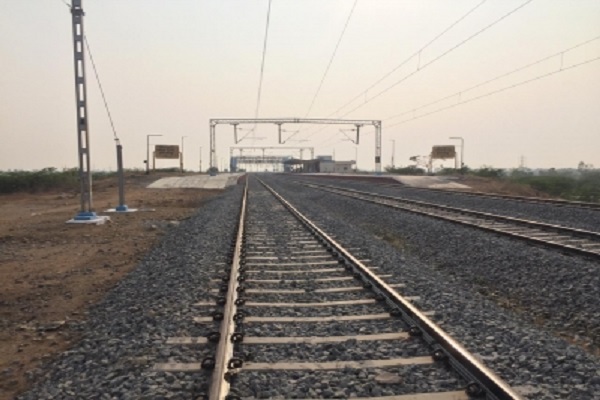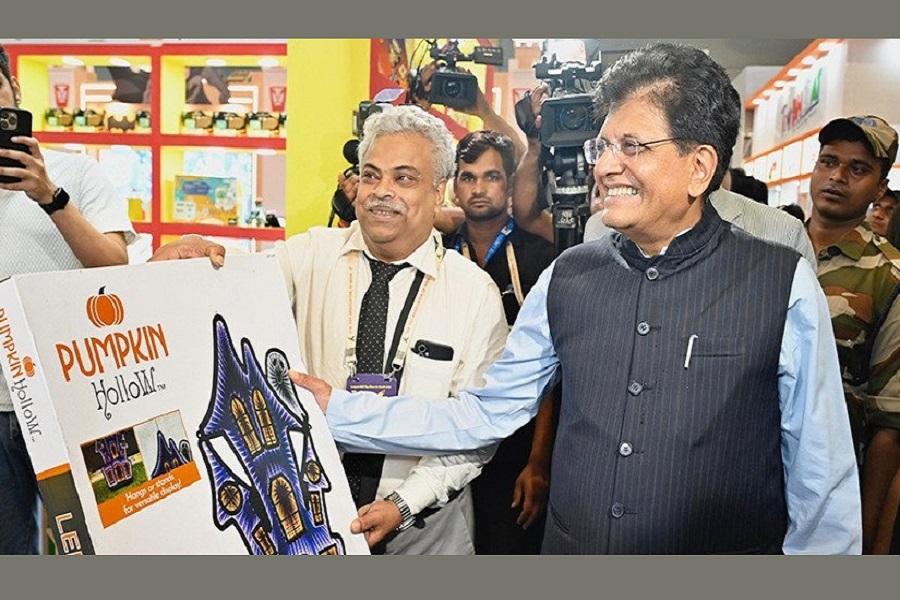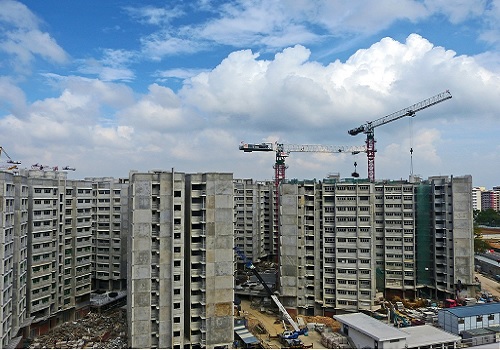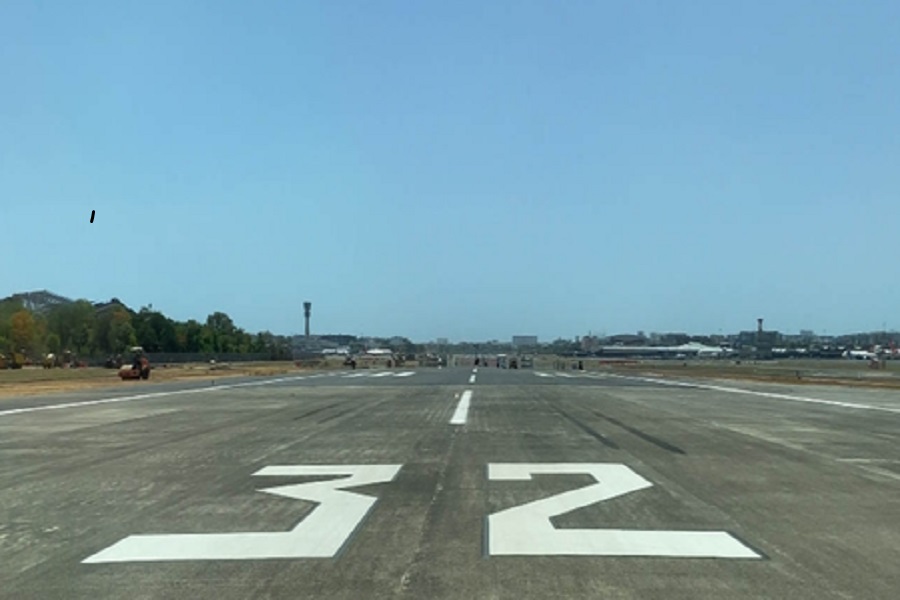SBICAPS Report on Solar Power: Building the Solar System - Revolutions in the Funding Space
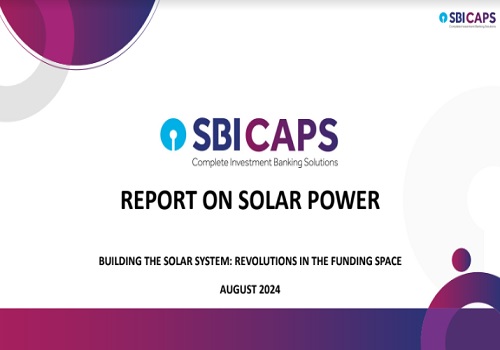
EXECUTIVE SUMMARY
Solar energy grows on climate imperative and surging electricity consumption, utility-scale additions to be further boosted by structural transformations in PPAs
Electricity consumption is on the ascendancy in India with both energy and power demand scoring above estimates in FY24. During FY24, ~32 GW of capacity was added, with solar energy leading the charge at a record annual addition of ~15 GW. To meet the FY30 target of ~293 GW, the current pace of solar capacity additions needs to double. Current tendering trends suggest that 50-60 GW will be added over the next two years. By FY30, solar will constitute ~38% of installed capacity (~19% as of Jul’24), yet would generate only ~23% of the electricity (~6% in FY24) owing to technical limitations in CUF. This implies substantial long-term growth, further supported by increasing adoption of FDRE contracts which necessitate overcapacity.
Going beyond utility additions, new sources such as commercial and industrial (C&I) and rooftop will become drivers helped by governmental push
Significant growth is anticipated in the C&I and rooftop solar segments, which together account for ~30% of the current solar capacity. ~4 GW/year each are expected to get added in the next couple of years. The growth in the C&I segment will be propelled by companies forming group captive arrangements to benefit from tariff waivers, allowing them to secure power that is reliable, cost-effective (compared to the C&I rates of most state DISCOMs), and environmentally friendly (as they receive renewable energy credits, unlike grid-sourced power). Additionally, the PM Surya Ghar Muft Bijlee Yojana (PM-SGMBY) supports this growth by promising up to 300 units of power per month per household.
With the demand side secured, the lack of domestic upstream capacity for key components casts eco’systemic’ supply-side shadows
The primary constraint in achieving capacity targets is the insufficient domestic upstream manufacturing infrastructure. The existing nameplate capacity of ~72 GW for modules is inadequate. Capacity deficits are even more pronounced further upstream, with no polysilicon production facility and limited cell and wafer manufacturing capacity. Contributing factors include the scarcity of raw materials, high capital investment requirements, extended gestation periods, and rapid technological advancements, all of which perpetuate a cycle of uncompetitive costs and limited scale. This means India remains extensively reliant on imports of both cells (~81% of need in FY24) and modules (~23% of need in FY24), with the major source of imports remaining geopolitically sensitive China, posing a risk in meeting energy security goals.
Recognising the shortfall, government incentives are in place to make setting up upstream solar capacities attractive and procurement of domestic panels by projects viable
Two PLI schemes, with a total of four sub-schemes tailored to various levels of integration, have been introduced. Among these, PLI-I and one sub-scheme of PLI-II are fully integrated, while the remaining two sub-schemes of PLI-II exclude certain upstream capacities. Additionally, a BCD of 40% on modules and 25% on cells has been instituted to deter inexpensive Chinese imports. Furthermore, to qualify for any government incentives, most projects are mandated to utilise modules from the ALMM, which exclusively comprises domestic producers. Collectively, these measures are expected to greatly increase upstream capacities, with integrated capacity dominating cell and wafer stages, and the fragmented module space gradually consolidating. Besides the module value chain, developing sufficient capacity of ancillary components such as inverters and transformers also remains key to success.
Adding the ‘solar system’ piles up another mountainous funding requirement and terrain of the funding landscape changes as we move downstream
The addition of solar projects alone is projected to necessitate an investment of ~Rs. 2 trn over the next two years. Beyond this, considering the announced capacity expansions, an additional ~Rs. 1.2 trn in capital investment will be essential to establish the complete value chain. Financing this intricate value chain demands a nuanced understanding of the capital requirements at each stage. While generation projects typically require long-term capital expenditure debt, upstream entities are predominantly dependent on working capital and nonfund-based facilities due to their extensive engagement in foreign trade.
Above views are of the author and not of the website kindly read disclaimer




